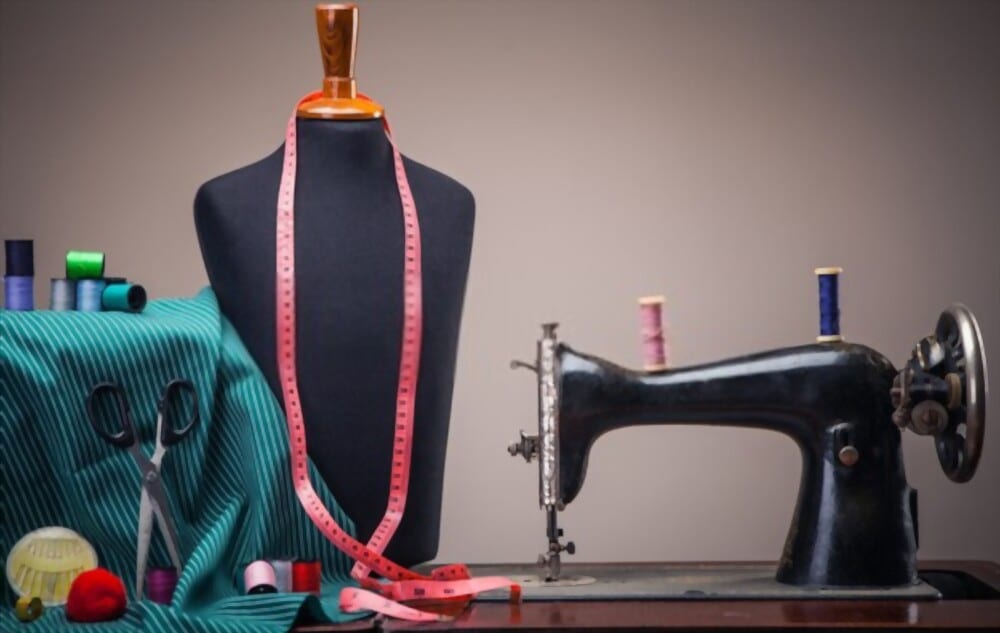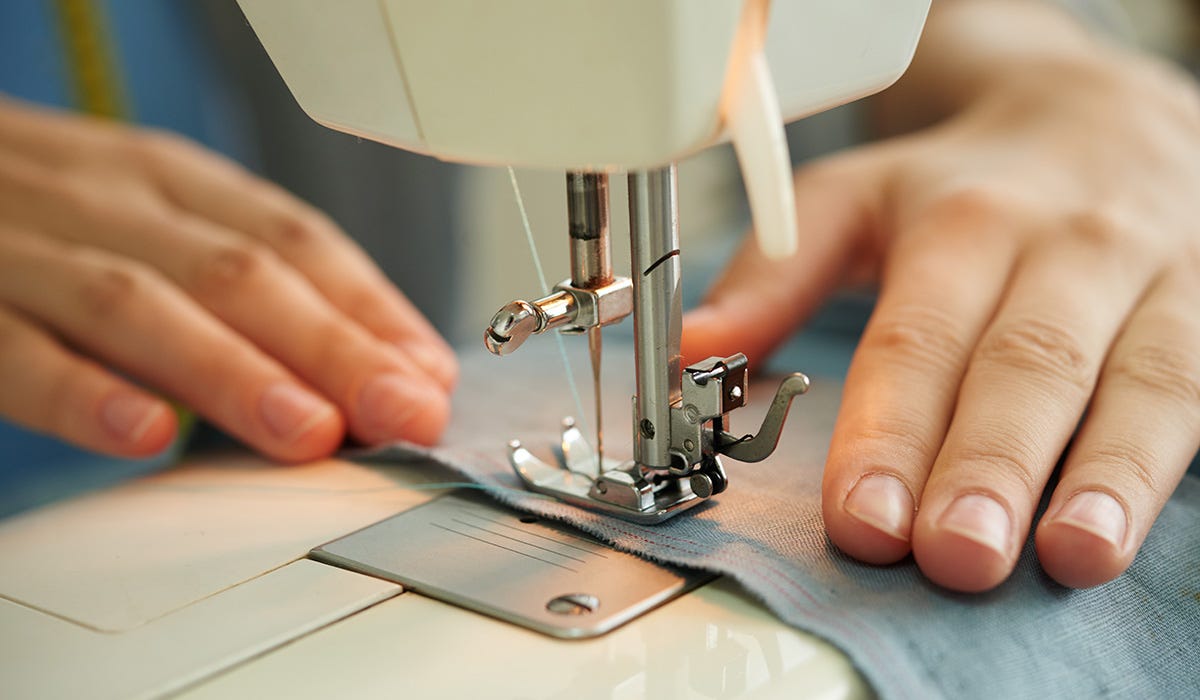Tailor Perth Professionals: Boost Your Fashion with Custom Tailoring
Tailor Perth Professionals: Boost Your Fashion with Custom Tailoring
Blog Article
Comprehending the Tailoring Refine: From Textile Choice to Final Suitable for the Perfect Closet
The tailoring process is an intricate interaction of art and scientific research, beginning with the important choice of textile option and finishing in the precise adjustments of final installations. Each textile type brings distinct high qualities that affect not only the visual allure yet likewise the garment's durability and viability for various events.
Significance of Textile Selection
Selecting the appropriate fabric is essential in the customizing process, as it directly influences the comfort, resilience, and total aesthetic of the final garment (tailor perth). The option of fabric sets the structure for the garment's design, performance, and performance. Various fabrics possess distinct properties, such as stretch, weight, and breathability, which can considerably affect exactly how the garment drapes and fits the body
In addition, textile selection impacts the garment's durability and simplicity of care. Top quality textiles can withstand wear and tear, preserving their look and structure with time, while lower-quality products may bring about pilling or fading. Additionally, the appropriate material contributes to the garment's ability to change throughout occasions and seasons, therefore boosting convenience.
A customized piece made from a suitable fabric not just showcases workmanship but also boosts the wearer's confidence. Subsequently, recognizing the nuances of fabric option is extremely important for any type of tailoring undertaking. It makes sure that the end product not only fulfills the aesthetic desires of the customer but additionally aligns with useful demands, thus achieving an unified balance in between form and feature in the tailored closet.
Types of Fabrics and Their Usages
Understanding the numerous kinds of textiles offered is vital for making educated decisions throughout the tailoring procedure. Each material has distinct characteristics that determine its suitability for certain garments and events.
Its adaptability permits it to be customized into every little thing from shirts to gowns. Its all-natural flexibility aids garments keep shape over time.
Silk emanates deluxe and is light-weight, making it perfect for eveningwear and delicate blouses; nevertheless, it needs cautious handling as a result of its delicacy. Linen, with its textured finish, is a popular choice for warm climates, giving a airy and crisp feel, however it wrinkles conveniently, which may impact the garment's look.
Synthetic fabrics, such as polyester and nylon, offer longevity and resistance to wrinkles, making them suitable for day-to-day wear and active garments. Recognizing these material kinds and their residential or commercial properties permits far better decision-making, making sure that each customized piece not only fits well but also aligns with the desired objective and event.
The Tailoring Methods Described
The art of tailoring depends on a range of methods that transform fabric into well-fitted garments. Central to this procedure is pattern preparing, where a tailor creates templates based upon the customer's measurements and desired style. This first action makes sure that the garment will fit the wearer properly prior to any kind of cutting occurs.
Once patterns are established, reducing strategies enter play. Accuracy is paramount as errors can lead to misfitting garments. Tailors frequently utilize numerous cutting approaches, such as single-layer cutting for intricate layouts and multiple-layer cutting for performance on common patterns.
Basting is an additional necessary technique, permitting tailors to momentarily stitch textile assemble for a preliminary installation. This method supplies the opportunity to analyze the drape and overall shape before last stitching.
Seaming methods, consisting of french seams and flat-felled joints, boost the garment's toughness and aesthetic charm. Tailors also utilize check these guys out techniques such as interfacing and cushioning to provide framework and form to particular locations, like collars and shoulders.
Last but not least, finishing methods, consisting of hemming and edge completing, make certain the garment's longevity while supplying a polished appearance. With each other, these techniques develop the foundation of effective tailoring, leading to exquisite, custom-fit clothing.
Fitting Modifications and Considerations

Trick considerations include the shoulder fit, which needs to neither droop neither restrict movement, and the sleeve length, which need to enable comfortable arm motion while keeping a sleek appearance. Furthermore, modifications at the midsection can improve the shape, with choices to let out or absorb material as needed.
The rise of pants is one more important aspect; it ought to rest easily over the hips without causing pain, enabling ease of activity. Hemming lengths for both trousers and skirts ought to mirror the wearer's preferred design while respecting percentages.

Maintaining Your Tailored Clothing
Correct upkeep of tailored garments is vital to protecting their fit and appearance gradually. To make sure durability, normal cleansing is critical. Always adhere to the care label instructions, which may recommend dry cleaning for fragile materials or device cleaning for more resilient materials. Avoid frequent laundering, as this can wear down the fabric and alter the garment's shape.
Storage space is equally vital; usage cushioned hangers for coats and jackets to keep shoulder framework, and store trousers folded up neatly or hung to Visit Website stop creasing. Protect garments from straight sunlight, which can fade shades and damages fibers.
Furthermore, regular evaluations for minor fixings can stop larger concerns. Look for loosened switches, fraying seams, or indicators of moth damages, addressing these troubles quickly to maintain the garment's honesty.
Finally, take check my site into consideration seasonal turning. Wearing customized pieces in small amounts allows textiles to recover, expanding their life expectancy. By executing these maintenance methods, you can guarantee that your customized garments remain as immaculate as the day you first used them, enhancing your excellent wardrobe for several years to find.
Verdict
The customizing procedure, incorporating fabric selection, proficient techniques, and precise fitting modifications, plays a vital duty in creating garments that enhance both comfort and style. Understanding the importance of maintenance extends the life of tailored garments, solidifying their worth in a well-curated closet.
Picking the appropriate textile is critical in the customizing procedure, as it straight affects the comfort, longevity, and total aesthetic of the last garment. The option of fabric establishes the foundation for the garment's style, functionality, and efficiency. Various materials possess one-of-a-kind homes, such as breathability, weight, and stretch, which can considerably influence exactly how the garment drapes and fits the body.
The art of customizing counts on a selection of methods that transform textile into well-fitted garments.The tailoring procedure, including fabric selection, proficient methods, and accurate suitable modifications, plays an important duty in producing garments that enhance both convenience and style.
Report this page